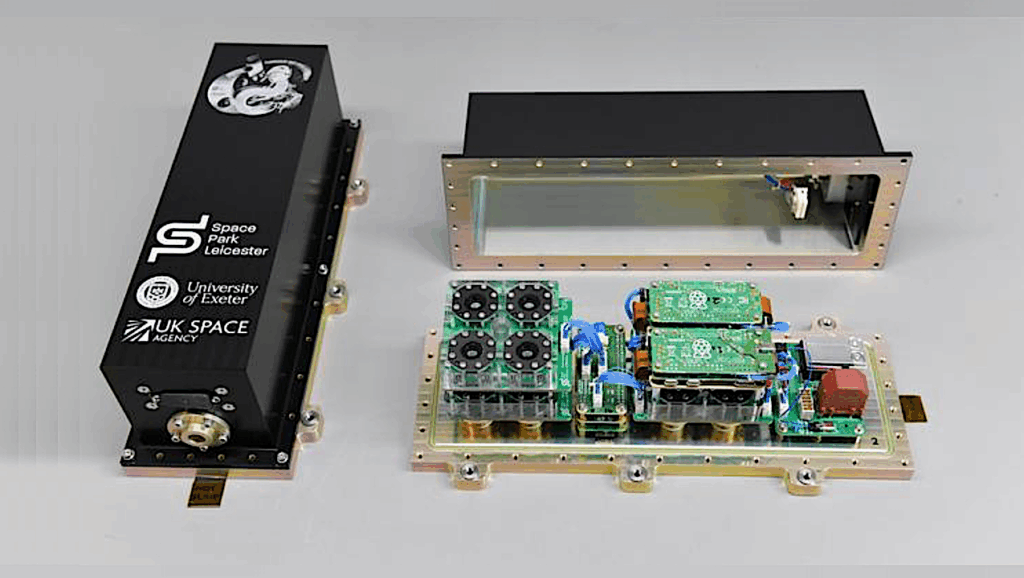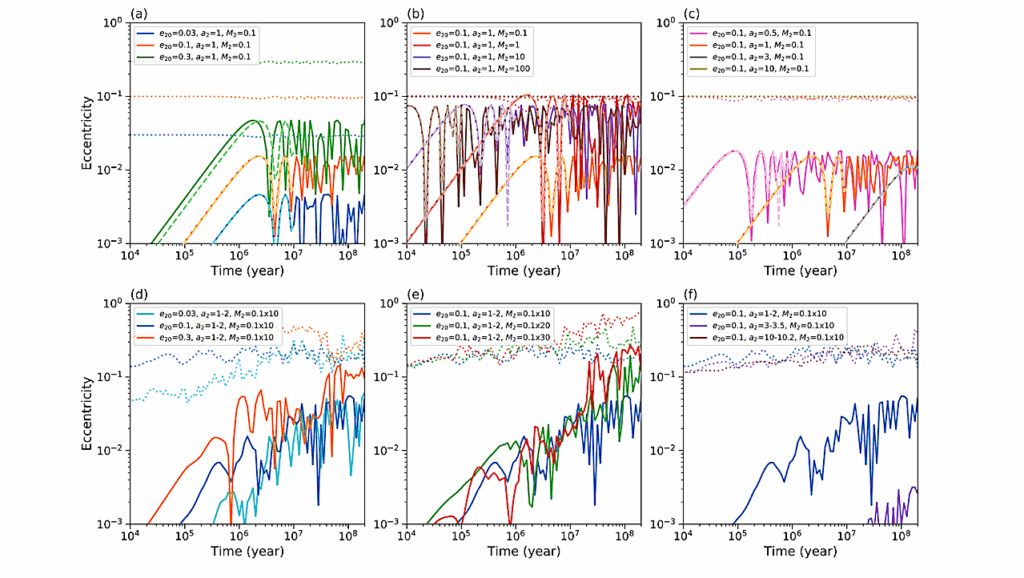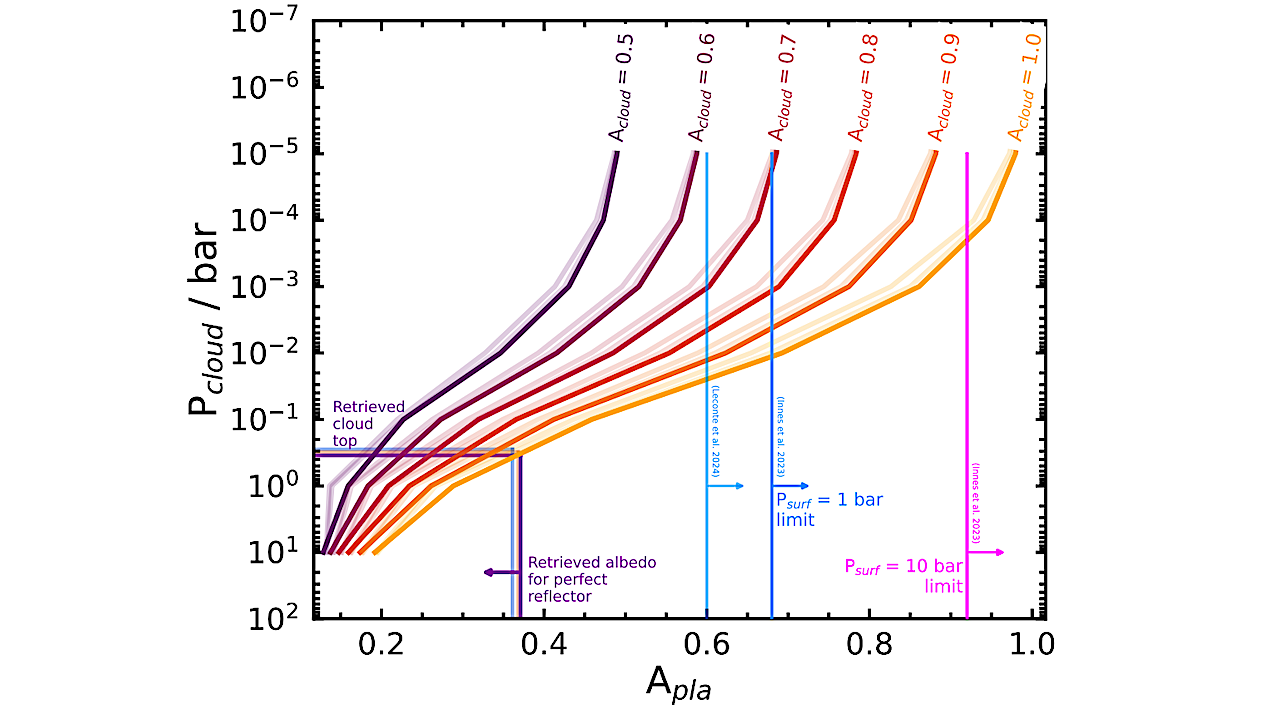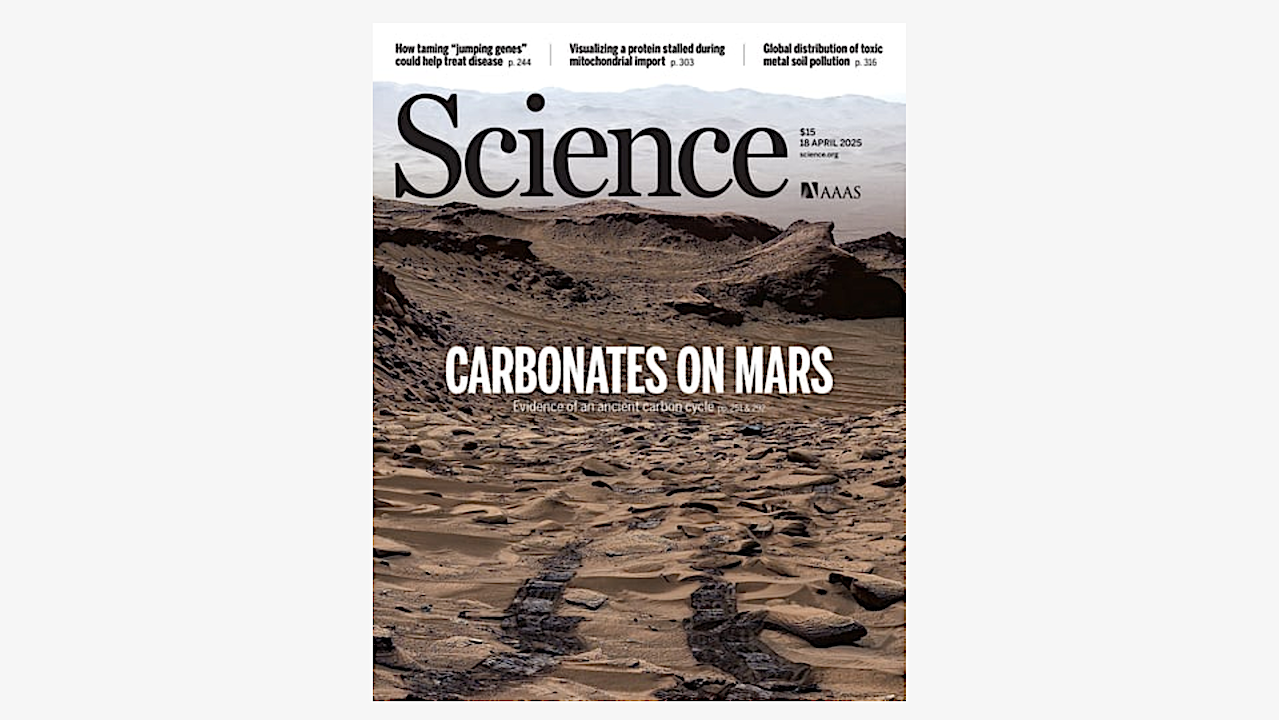Now Reading: Activity-Induced Near-Infrared Variability at 29P/Schwassmann-Wachmann 1, 2017-2022
-
01
Activity-Induced Near-Infrared Variability at 29P/Schwassmann-Wachmann 1, 2017-2022
Activity-Induced Near-Infrared Variability at 29P/Schwassmann-Wachmann 1, 2017-2022


29P/Schwassmann-Wachmann 1 (SW1) is both the first-discovered active Centaur and the most outburst-prone comet known.
The nature of SW1’s many outbursts, which regularly brighten the comet by five magnitudes or more, and what processes power them has been of particular interest since SW1’s discovery in the 1920s.
In this paper, we present and model four epochs of low-resolution near-infrared spectroscopy of SW1 taken with the NASA Infrared Telescope Facility and Lowell Discovery Telescope between 2017 and 2022. This dataset includes one large outburst, two periods of low activity (“quiescence” or “quiescent activity”), and one mid-sized outburst a few days after one of the quiescent observations. The two quiescent epochs appear similar in both spectral slope and modeled grain size distributions, but the two outbursts are significantly different.
We propose that the two can be reconciled if smaller dust grains are accelerated more than larger ones, such that observations closer to the onset of an outburst are more sensitive to the finer-grained dust on the outside of the expanding cloud of material.
These outbursts can thus appear very rapid but there is still a period in which the dust and gas are well-coupled. We find no strong evidence of water ice absorption in any of our spectra, suggesting that the areal abundance of ice-dominated grains is less than one percent.
We conclude with a discussion of future modeling and monitoring efforts which might be able to further advance our understanding of this object’s complicated activity patterns.
Photometric measurements of 29P/Schwassmann-Wachmann 1 are shown from the ATLAS forced photometry server and the British Astronomical Association, corrected for heliocentric and geocentric distances but not for phase angle, relative to the dates on which we obtained near-infrared spectra of the comet. Observations with IRTF/SpeX are shown as black lines in each of the three epochs, and our LDT/NIHTS observations are shown as a light blue line in the bottom-most panel. The top panel corresponds to a large ∼ 4 magnitude outburst in 2017 August (actually two outbursts in rapid succession), the middle panel to a period of a minimum of brightness of the comet in 2020 October though, and the bottom shows a pair of observations before and after a moderate ∼ 1.3 magnitude outburst in 2022 February. — astro-ph.EP
Theodore Kareta, Charles A. Schambeau, Megan Firgard, Yanga R. Fernández
Comments: 14 pages, 2 figures, 3 tables, accepted for publication in the Planetary Science Journal on April 15, 2025
Subjects: Earth and Planetary Astrophysics (astro-ph.EP)
Cite as: arXiv:2504.12097 [astro-ph.EP] (or arXiv:2504.12097v1 [astro-ph.EP] for this version)
https://doi.org/10.48550/arXiv.2504.12097
Focus to learn more
Submission history
From: Theodore Kareta
[v1] Wed, 16 Apr 2025 14:00:49 UTC (6,742 KB)
https://arxiv.org/abs/2504.12097
Astrobiology, Astrochemistry,
Stay Informed With the Latest & Most Important News
Previous Post
Next Post
-
 012024 in Review: Highlights from NASA in Silicon Valley
012024 in Review: Highlights from NASA in Silicon Valley -
 02Panasonic Leica Summilux DG 15mm f/1.7 ASPH review
02Panasonic Leica Summilux DG 15mm f/1.7 ASPH review -
 03How New NASA, India Earth Satellite NISAR Will See Earth
03How New NASA, India Earth Satellite NISAR Will See Earth -
 04And Thus Begins A New Year For Life On Earth
04And Thus Begins A New Year For Life On Earth -
 05Astronomy Activation Ambassadors: A New Era
05Astronomy Activation Ambassadors: A New Era -
06SpaceX launch surge helps set new global launch record in 2024
-
 07Space Force plans new ‘Futures Command’ amid pressure to speed up modernization
07Space Force plans new ‘Futures Command’ amid pressure to speed up modernization




















